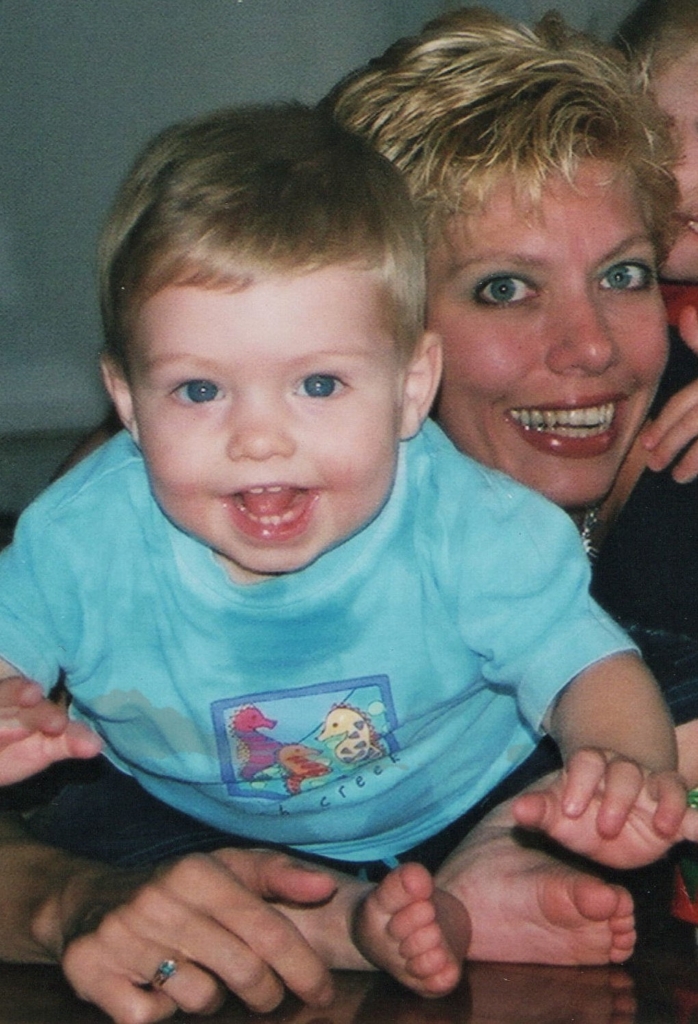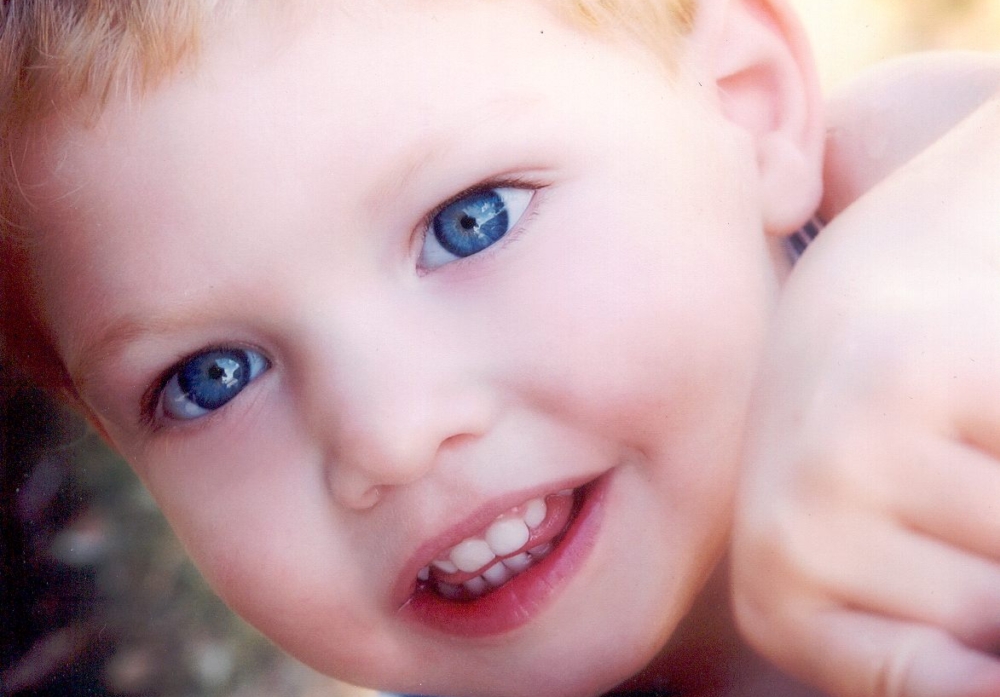On 10 August 2003, my life was shattered. My son, Preston, died at the Mater Children’s PICU. He was two and a half years old. Preston had been suffering from pneumonia, which caused acute lung injury. This allowed a secondary bacterium to invade his body, causing overwhelming sepsis. Preston was promptly put on life support but died a few short hours later.
The cause of death on his certificate reads: Pulmonary oedema, septic shock, disseminated intravascular coagulation secondary to sepsis.
Three weeks earlier, he was diagnosed with pneumonia. I wasn’t stressed the day I took him to the emergency room. He was active and happy, but I could tell by his cough it was pneumonia, and we had to address it immediately. He had suffered pneumonia previously and had a history of hospital admissions but always bounced back.
His paediatrician and respiratory specialist told me he would eventually grow out of it. He was robust and healthy in every other way. When we were seen in the Emergency Department, I told the attending doctor that Preston had pneumonia. The doctor checked his whole body, unconvinced that it was pneumonia because he couldn’t detect it using the stethoscope. Finally, a chest x-ray and blood sample confirmed pneumonia. The decision was made not to admit him, so we were sent home with antibiotics.
Over the next two weeks, Preston had good and bad days. On Saturday, he became more uncomfortable, crying, feverish, and refusing to eat. I called the respiratory specialist, and the locum opened the clinic to see Preston. I felt something was terribly wrong. After listening to his chest, checking his blood oxygen level, and taking another blood sample, the locum prescribed different antibiotics and sent us home. He said to call if I was worried, but reassured me that the new antibiotics needed time to work. A few hours later, Preston’s lung collapsed, and we were back in the emergency room. No one seemed to know what was happening to my son until he was in the PICU. I had been told that his body was shutting down. I didn’t hear the word sepsis as a cause of his death until almost ten years later.
In the months and initial years after his death, I was told that what happened to Preston was uncommon—it was just really bad luck. His death was due to complications from pneumonia, which is rare for a normally healthy child. I agonised over my son’s death for years, questioning my actions in taking care of him and seeking help.
Over the past eight years, I have come to know more and more families who have lost their precious children to “complications” from illnesses like Preston’s. And that these “complications” all share the same name: sepsis. And these complications are preventable. This makes the loss of my son even harder to understand.
Children get fevers, infections, and viruses—but they also get sepsis, and it is not rare. The challenge is that kids can’t articulate or even show how sick they are—they really fight being sick as they want to run, learn, explore, laugh, and play. This creates an enormous challenge to diagnose sepsis in children in time for life-saving treatment. That is precisely why identifying and treating pediatric sepsis needs more research, resources, and diagnostic training.
We are a privileged society, and a child who can be saved should never die—they are our future. My son would be a young man today, and not a day goes by that I don’t imagine what a smart, compassionate, hard-working, and kind young man he would have become—a real asset to this world. I really can’t bear the thought of losing more children like Preston when more can be done.


